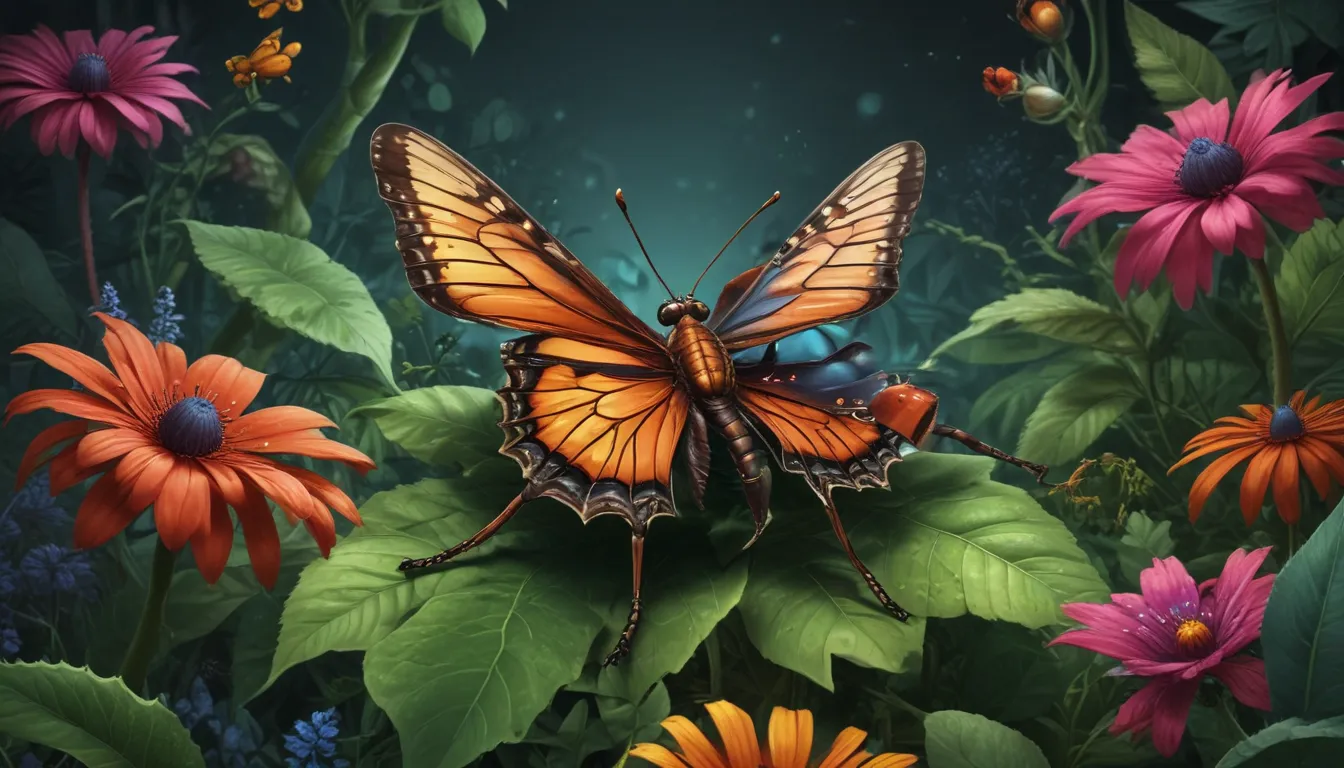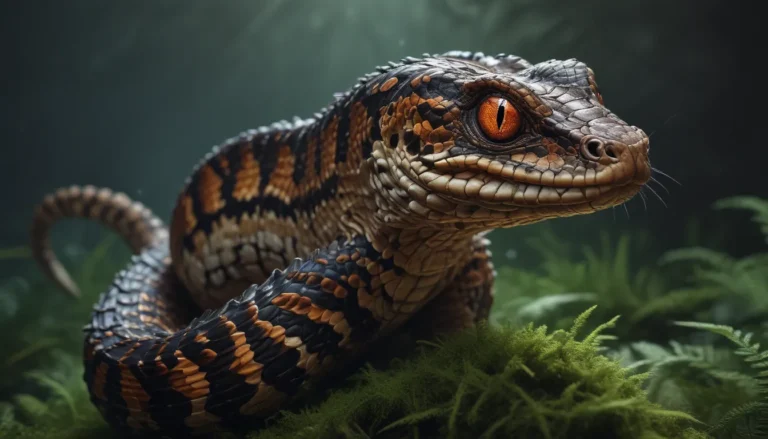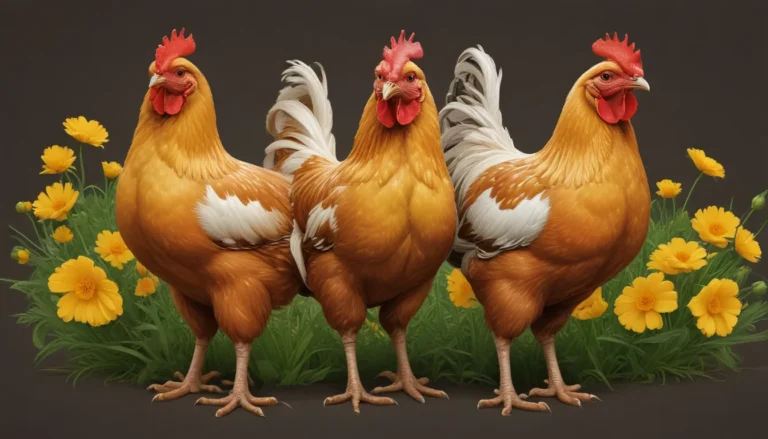The pictures we use in our articles might not show exactly what the words say. We choose these pictures to make you interested in reading more. The pictures work together with the words but don’t take their place. The words still tell you the important facts.
Welcome to the mesmerizing realm of insects, where diversity, resilience, and beauty converge to create a symphony of life that captivates both scientists and nature lovers. In this educational journey, we will uncover 20 fascinating facts about insects that will not only amaze you but also shed light on the remarkable world of these tiny creatures that rule the planet.
The Majesty of Insect Diversity
Insects reign supreme as the most diverse and abundant group of animals on Earth. With over one million described species, they outnumber all other animal groups combined. From the industrious ants to the graceful butterflies, insects come in a stunning array of shapes, sizes, and colors, showcasing the beauty of biodiversity.
Ancient Witnesses to History
Insects have stood the test of time, with a lineage stretching back an astonishing 350 million years. They have witnessed the rise and fall of dinosaurs and adapted to various environmental changes throughout history. Their resilience and ability to thrive in diverse conditions have contributed to their evolutionary success, making them enduring symbols of adaptability and survival.
Decoding the Insect Body
An insect's body is a marvel of efficiency and specialization, divided into three distinct segments: the head, thorax, and abdomen. Each segment plays a crucial role in the insect's survival and reproduction. The head houses sensory organs and mouthparts, the thorax contains legs and wings for movement and flight, and the abdomen holds the digestive and reproductive systems. This segmented body structure enables insects to navigate their world with agility and perform specialized functions essential for their survival.
Taking Flight with Grace
Insects are nature's aerial acrobats, being the only invertebrates that have evolved the ability to fly. Their delicate wings, consisting of thin membranes supported by a network of veins, allow them to navigate the air with exceptional precision. Bees, dragonflies, and butterflies are renowned for their elegant flight patterns, showcasing the beauty and efficiency of insect flight.
From Minuscule Fairies to Giant Goliaths
The insect world is a realm of extremes, from the tiny fairyfly measuring a mere 0.2 millimeters to the colossal Goliath beetle reaching lengths of 11 centimeters. These size extremes exemplify the vast range of shapes and forms that insects can take, showcasing the incredible diversity and adaptability of these fascinating creatures.
A Symphony of Buzzing Wings
The distinctive buzzing sound of flying insects is a hallmark of nature's symphony. This sound is produced by the rapid movement of their wings, which can beat hundreds of times per second. Each insect species has a unique wingbeat frequency, creating a chorus of buzzing tones that fill the air and add to the rich tapestry of sounds in the natural world.
The Enigmatic World of Social Insects
Many insects exhibit highly organized social behaviors, living in colonies with complex structures and division of labor. Ants, bees, and termites are prime examples of social insects that work together for the benefit of the entire community. Through pheromones and coordinated efforts, these insects communicate, cooperate, and thrive as cohesive societies, showcasing the power of collaboration in the insect world.
Unveiling the Strength of the Tiny Titans
Despite their diminutive size, some insects possess astonishing strength. The rhinoceros beetle, for instance, can lift objects that are 850 times its weight, showcasing the remarkable power and efficiency of insect muscles and body structures. This exceptional strength allows insects to perform incredible feats and adapt to their challenging environments with ease.
The Kaleidoscope of Insect Vision
Insects exhibit a diverse range of visual capabilities, with some species able to see ultraviolet light and detect subtle movements with precision. Bees and butterflies use their ultraviolet vision to locate nectar-rich flowers, while dragonflies possess exceptional vision for hunting prey. These intricate visual systems highlight the remarkable adaptations that insects have evolved to navigate their environments and fulfill their ecological roles.
Mastering the Art of Camouflage
Insects have perfected the art of camouflage, evolving strategies to blend seamlessly into their surroundings and evade predators. From stick insects resembling twigs to leaf insects mimicking foliage, the insect world abounds with examples of exquisite camouflage adaptations. These remarkable disguises allow insects to survive by avoiding detection and blending in with their habitats.
The Magic of Metamorphosis
Metamorphosis is a transformative process that many insects undergo, showcasing distinct stages of development from egg to adult. Butterflies and moths exemplify complete metamorphosis, with four stages: egg, larva (caterpillar), pupa (chrysalis), and adult. This remarkable transformation enables insects to exploit different ecological niches and adapt to changing environments throughout their life cycle, highlighting the versatility and resilience of these fascinating creatures.
Discovering the Ingenious Insect Architects
Certain insects display remarkable engineering skills, crafting intricate structures like termite mounds, honeycombs, and underground chambers. These architectural marvels serve multiple functions, from providing shelter and regulating temperature to nurturing offspring. The ingenuity and precision of these insect builders showcase the remarkable abilities of insects to create complex and functional living spaces in their environments.
Harnessing the Power of Cooperation
Insects possess a profound capacity for cooperation, forming massive colonies that work together to overcome obstacles and secure food sources. Army ants, for example, create living bridges by linking their bodies to traverse gaps and navigate complex terrains. This collaborative effort demonstrates the power of unity and teamwork in the insect world, showcasing the remarkable synergy that emerges when individuals come together for a common goal.
Partners in Pollination
Insects play a vital role in pollination, transferring pollen from one flower to another and enabling plant reproduction. Bees, butterflies, and beetles are among the most important pollinators in ecosystems, facilitating the production of fruits and seeds in countless plant species. Without pollinating insects, many plants would struggle to reproduce, highlighting the indispensable role that insects play in sustaining biodiversity and ecosystem health.
Unlocking the Secrets of Silent Communication
Insects communicate through a variety of methods, using chemical signals called pheromones to convey messages about food sources, mating availability, and danger. Crickets produce chirping sounds to attract mates, while other insects use vibrations and visual cues to communicate with conspecifics. These intricate forms of communication are essential for insect survival, reproduction, and social organization, showcasing the diverse and sophisticated ways in which insects interact with their environment.
Embracing Nature’s Cleanup Crew
Insects serve as nature's recyclers, playing a crucial role in decomposing organic matter and returning nutrients to the soil. Beetles, flies, and other decomposers break down dead plants and animals, facilitating the recycling of nutrients and the regeneration of ecosystems. Without these essential decomposers, organic waste would accumulate, hindering the natural cycle of nutrient cycling and ecological balance.
Delving into the World of Edible Insects
In many cultures worldwide, insects are revered as a nutritious and sustainable food source. Edible insects like crickets and mealworms are rich in protein, vitamins, and minerals, offering a viable alternative to traditional livestock farming. Embracing insect consumption could have significant environmental benefits, as it requires fewer resources and produces fewer greenhouse gas emissions than conventional livestock production, showcasing the potential of edible insects to contribute to food security and sustainability.
Nurturing Symbiotic Relationships with Plants
Certain insects have developed mutually beneficial relationships with plants, exemplifying the interconnectedness of nature. Ants defend acacia trees from herbivores in exchange for food and shelter provided by specialized structures on the trees known as "domatia." This symbiotic interaction benefits both the insects and the plants, showcasing the intricate web of relationships that exist in nature and highlighting the importance of mutualistic partnerships for ecosystem health and resilience.
Celebrating Extreme Adaptations in the Insect World
Insects have evolved remarkable adaptations to thrive in diverse and challenging environments. The water strider, with its hydrophobic legs that enable it to walk on water, and the desert locust, capable of withstanding high temperatures and scarcity of food by forming massive swarms, exemplify the extraordinary resilience and adaptability of insects. These extreme adaptations showcase the ingenious solutions that insects have evolved to survive and thrive in a changing world, highlighting their remarkable diversity and resourcefulness.
Insects as Inspirations in Art and Culture
Insects have inspired artists, storytellers, and thinkers throughout history, playing prominent roles in mythology, symbolism, and literature. From Aesop's fables to Franz Kafka's "The Metamorphosis," insects have captured the human imagination, symbolizing themes of transformation, resilience, and beauty. Their presence in art and culture reflects both the mystery and magnificence of the natural world, inviting us to marvel at the intricate tapestry of life that insects embody.
Embracing the Wonder of Insects
In conclusion, insects are more than mere creatures—they are wondrous beings that enrich our world in myriad ways. By unveiling the hidden gems of the insect world and appreciating their diverse adaptations and behaviors, we cultivate a deeper reverence for the interconnectedness of all living things. Let us celebrate the enchanting world of insects and embark on a journey of discovery and wonder as we explore the intricate tapestry of life that they weave around us.
Frequently Asked Questions (FAQs)
Are all insects harmful to humans?
Not all insects are harmful to humans. While some insects can transmit diseases, the majority play vital ecological roles and pose no threat to human health.
How long do insects live?
The lifespan of insects varies widely depending on the species. Some insects live for only a few hours, while others can survive for several years, showcasing the diversity of lifespans in the insect world.
Can insects feel pain?
As insects have a simplified nervous system, they lack the brain structures necessary to experience pain in the same way humans do. However, they can respond to stimuli and exhibit behaviors that suggest they can sense and avoid harmful situations.
Do insects sleep?
While insects do not sleep in the same manner as humans, they exhibit periods of rest or inactivity. Some insects enter a state of dormancy, while others reduce their activity levels during certain times of day or year.
How do insects survive the winter?
Insects employ a variety of strategies to survive the winter, including migration, hibernation, and producing antifreeze compounds. By adapting to seasonal changes, insects can withstand cold temperatures and scarcity of resources, showcasing their ability to thrive in challenging conditions.
Trust in Our Dedication to Quality
Our commitment to delivering accurate, engaging, and trustworthy content is unwavering. Each fact we share is contributed by real users like you, bringing a wealth of diverse insights and information to our platform. Our dedicated editors meticulously review each submission to ensure the highest standards of accuracy and reliability, guaranteeing that the facts we present are not only fascinating but also credible. Trust in our commitment to quality and authenticity as you embark on a journey of discovery and learning with us.






